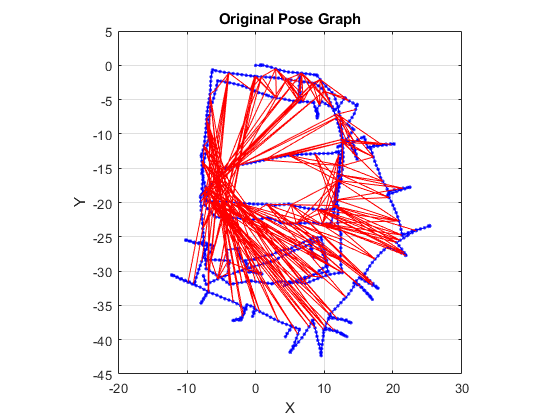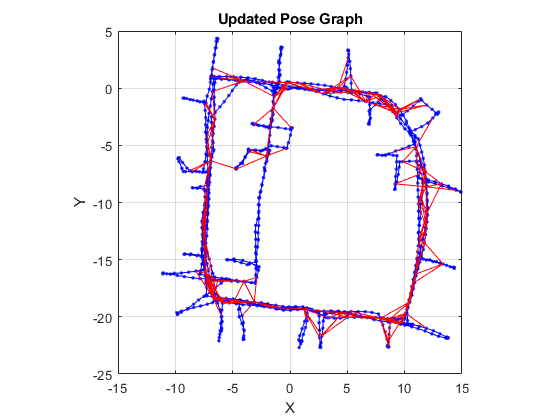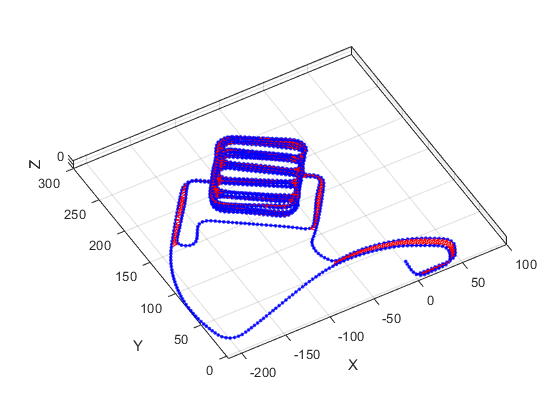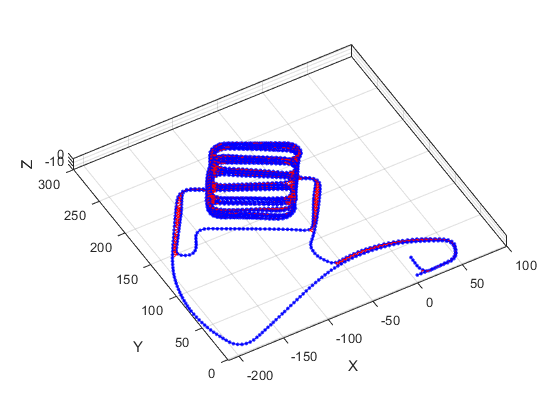show
Plot pose graph
Description
show(specifies options usingposeGraph,Name,Value)Name,Valuepair arguments. For example,'IDs','on'plots all node and edge IDs of the pose graph.
axes= show(___)




